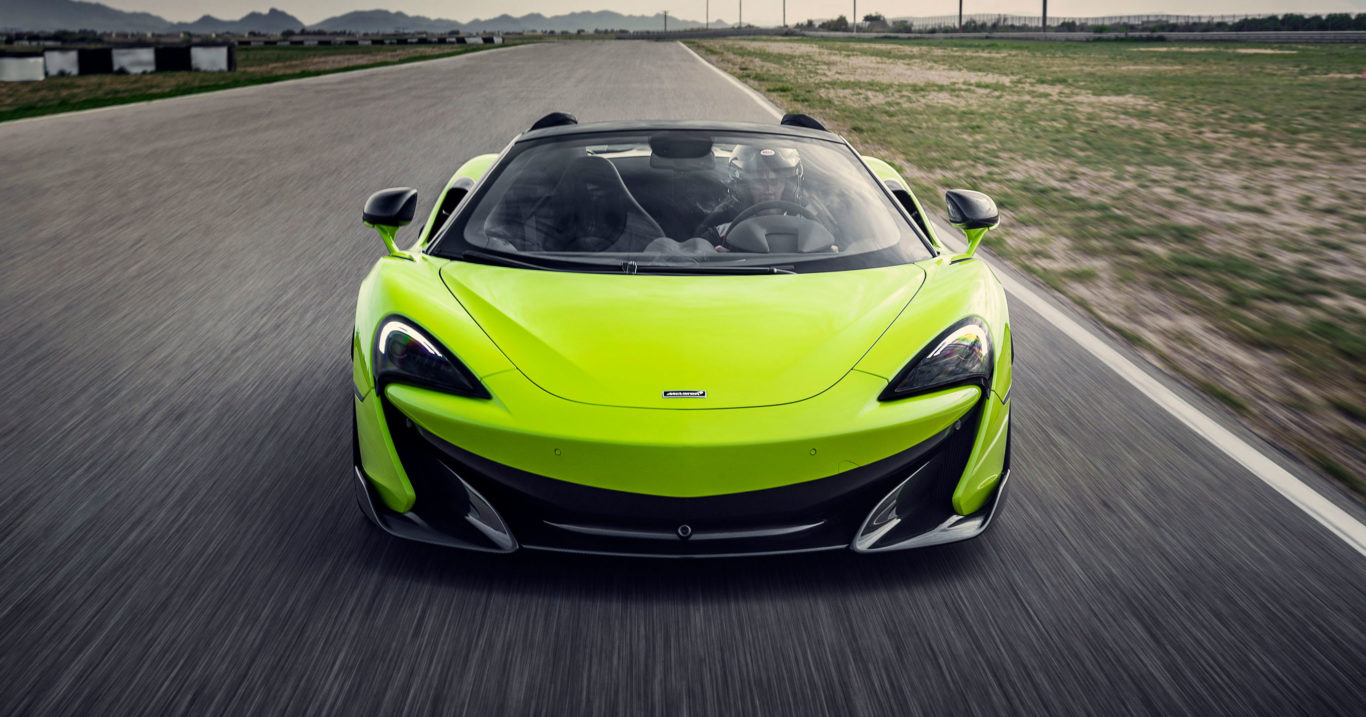
What's the Safest Car Colour?
Make sure the colour of your next vehicle doesn’t put you at risk.
Shopping for a new car is incredibly exciting. There are endless makes, models, and option to choose from, so it’s important that you consider your priorities. For most of us, safety is the primary concern: how many airbags are there? What is the safety rating? Will the roof withstand a roll-over?
Those types of questions tell us how safe a car is during an accident, but you should also consider how a car may help us avoid an accident. Things like brake quality and steering reliability will let you avoid accidents altogether, keeping all the occupants of your vehicle safer. It turns out that there is one more variable that affects the likelihood of your vehicle being involved in an accident: colour.
Are Some Colours Safer Than Others?
A common phrase that is used by those involved in motor vehicle accidents is, “that car came out of nowhere.” No one wants to get in an accident, but it can happen to even the most attentive drivers. Research indicates that the colour of the car will significantly affect how visible they are to other motorists.
Which Colour Is the Most Dangerous?
Studies indicate that certain colours are far more camouflaged while driving than others. During the day, black cars are 12% more likely to be involved in an accident than any other colour. This risk increases to 47% more likely during low-light conditions such as dawn or dusk.
Which Colours Are the Safest?
If dark cars are more likely to be unseen, it would make sense that brightly coloured vehicles are the safest. Research supports this hypothesis, finding that bright yellow is the safest colour for vehicles. Don’t worry – we aren’t suggesting that you get your vehicle painted to resemble a construction vest or a radioactive banana.
The trick is finding a colour that is stylistically pleasing and also high-vis during the majority of road conditions. It turns out that silver cars are among the safest, and most popular aesthetically. Silver cars reflect light during low-light conditions and are very bright during the day. Silver becomes less visible during foggy conditions, so keep this in mind if you live in an area that is predominantly overcast. White cars are also quite visible during high and low light conditions, but blend in if it has snowed.
Will Colour Affect My Insurance?
No.
When it comes to vehicle insurance, your agent is colour-blind. The colour of your vehicle doesn’t factor into the risk assessment that determines your rates, so you shouldn’t worry about colour when it comes to insurance. The primary factors that will impact your insurance are your driving history and the make, age, and model of your vehicle.
If you change the colour of your vehicle, make sure that notify your insurance agent to make sure it doesn’t somehow invalidate your policy.
Do Cars of a Certain Colour Get Pulled Over More Often?
No.
The myth that red cars attract more attention from the police is just that; a myth. To stay off the police’s radar, it is much more important to focus on proper driving habits. Here is what truly attracts the most attention from the fuzz:
- Speeding
- Use of a cell phone
- Neglecting to signal lane changes
- Turning around to talk to passengers
- Expired license plate tags or other vehicle flaws
- Driving certain makes and models of cars (the Subaru WRX has been the worst ticketed car of the past few years)
If safety is high on your list of priorities for your next vehicle, consider choosing white or silver to stay more visible on the road. Regardless of the colour of your vehicle, obeying the law, being conscious and conscientious of other motorists, and regularly maintaining your vehicle are your best bets for staying safe.
Interested in changing the colour of your vehicle? Looking for touch ups to fix blemishes in your vehicle’s paint? Give us a shout.